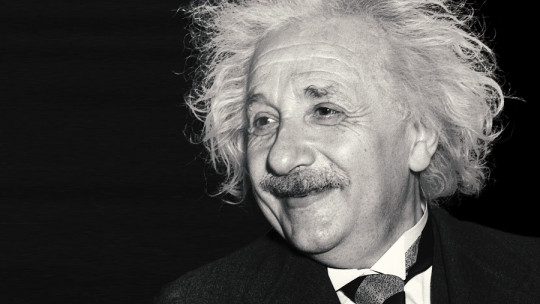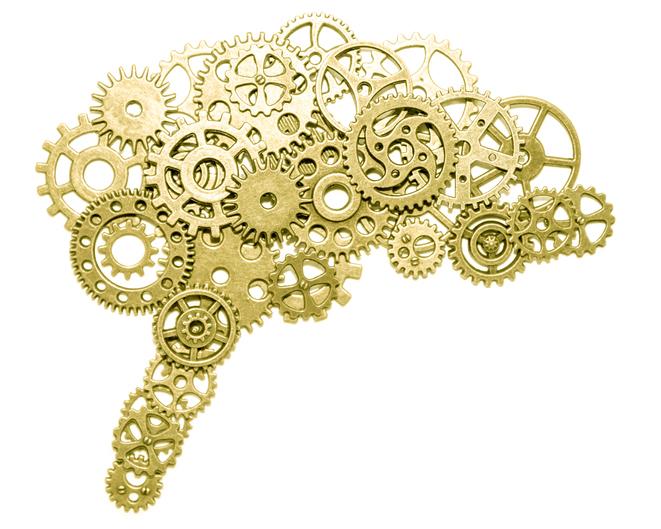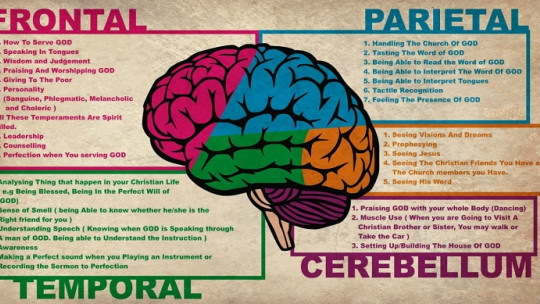
Research in the area of intellectual giftedness has historically been rather scarce so this phenomenon today continues to be an area to study and understand at a necessarily deeper level.
The contributions of American origin make a distinction between the concepts “supergifted” (gifted in all subjects), “gifted (IQ greater than 130)” and “talented” (high abilities in a specific subject). More specifically, the American Department of Education indicates six criteria to be met by the student in order to be considered intellectually gifted:
- Possess general academic excellence.
- Have specific skills.
- Have a type of productive thinking.
- Good leadership skills.
- Present a talent in the visual and physical arts.
- A superior psychomotor ability.
Thus, the exact definition of what a gifted student would be for this group would correspond to the ability of boys or girls with great precocity in general development or in the development of specific abilities.
The facets of intellectual giftedness
Among the characteristics for which this type of student stands out, there are three areas: behavior (they remain very active and show a lot of interest in what surrounds them, their understanding of the environment is very high and they have high concentration and memory capacities), physical characteristics (an attractive physiognomy and a greater probability of using lenses to correct vision are hypothesized) and social adaptation (they show greater maturity, greater independence and their social relationships are usually satisfactory in cases up to a limit of IQ 150, being the opposite for children with higher IQs; in addition, they tend to present more emotional stability, empathy, are interested in leisure activities of an intellectual nature and their sense of humor is highly ironic and twisted).
Discrimination against gifted students
As problems associated with intellectual giftedness, we can differentiate between the so-called Internal or External Dyssynchrony Syndrome and the Negative Pygmalion Effect. The first refers to an alteration in synchronization in relation to intellectual, social, emotional and motor development. Within this particularity, internal dyssynchrony is included (which may be intellectual-motor, related to language, and reasoning capacity or in the emotional-intellectual area) and social dyssynchrony (both in the school and family environments).
On the other hand, the Pygmalion Effect is usually associated with cases of unidentified giftedness in which figures from the family and/or school environment place low expectations on the student’s academic performance, which cause an attitude of conformity and low effort on the part of the student. of the child, combined with a feeling of guilt regarding his precocity that fuels the decline in his school results.
Typologies of intellectual giftedness
Research has found great heterogeneity in the aspects that characterize gifted subjects, greater than the points they have in common. So, A first way to categorize this group of individuals is related to their level of creativity
1. Creative gifted
On the one hand, the creatively gifted stand out for having a highly developed sense of humor, a powerful non-conformity and differentiation from others. Its main characteristics are associated with a greater capacity for the fluidity of ideas originality, abstraction ability, taking unusual perspectives and imaginative capacity.
2. Gifted by IQ
On the other hand, the gifted may stand out for their IQ level, and not so much for their creative capacity. In this second group are the subjects who have approximately an IQ of 140, and we can discriminate between gifted people from a privileged background (characterized by a high critical spirit, non-conformity, impatience, although they also enjoy adequate self-esteem and positive self-confidence), gifted from a disadvantaged background (more conformist, intensely emotionally sensitive, usually worried about failure and dependent on ethical and moral values) and the gifted who present extreme precocity (they are related to personality alterations and obsessive or psychotic psychopathology, therefore who tend to be marginalized, maladjusted and socially misunderstood individuals).
How to identify the gifted student
Various authors have made different lists of the defining aspects of people with a high IQ, very applicable in the detection of gifted students.
For example, contributions from Joseph Renzulli from the Research Institute for Gifted Education indicate that there are three criteria that must be taken into account when classifying a subject as gifted:
The characteristics of the gifted
The particularities that have been exposed as defining a gifted subject, such as creativity, dedication to the tasks to be performed or an intelligence quotient that truly reflects the intellectual capacity of the individual free of extraneous variables, are very difficult to evaluate.
Even so, A consensus has been reached to include some aspects as indicators of intellectual giftedness whose presence is found in a high proportion of the cases studied.
Thus, from the family and school environment, the figures in the child’s environment can observe the following qualitative and quantitative parameters: the use of language (large vocabulary and high complexity of sentences), the type of questions asked (unusual, original) , the elaborate way of communicating one’s ideas, the ability to design strategies to solve tasks, the innovative use of common materials, the breadth and depth of one’s knowledge, the marked tendency to collect and have many hobbies (especially intellectual), and a constant and highly critical attitude.
Psychopedagogical intervention in gifted students
Although there are widespread beliefs about what type of intervention is most appropriate for this group of students, Providing inclusive treatment seems to be proven to be the most effective measure of these subjects in the usual school environment shared by the rest of the students.
Therefore, we must avoid segregation and comprehensive modification of the academic curriculum or the need to be tutored by a teacher with a specific professional profile. More specifically, the following psychopedagogical strategies are proposed in intervention with gifted children:
Application of the academic curriculum
It must be established individually for each gifted subject (depending on their particularities), indicating what type of help you will need both quantitatively and qualitatively and whether this will be informal or will require formal changes in the educational program. Facilitation of stimulating activities should be sought at the level of self-knowledge and hetero-knowledge of the students and opportunities for parents to better understand the characteristics of their children.
The acceleration
This intervention refers to the replacement of an academic course to be taken by the student with a more advanced one. This resource has the advantage that allows adapting a more stimulating environment to the student Although it is true that the maturity and ability of the gifted student is not equal in all areas, so they may feel inferior to their peers in the advanced course and, thus, increase the promotion of competitive attitudes among children.
The support classroom
In this case, there is a specialist teaching team specifically assigned to determine what type of support this type of student needs. Gifted children are taught separately from their usual peers, establishing a new group of high abilities in which the development of skills and interest in various areas of learning is worked on. The main drawback is that it can facilitate the appearance of rejection by colleagues who do not have high intellectual abilities.
The usual classroom
This strategy is based on the development of learning within the student’s home classroom, which shares the same treatment as the rest of the class. The advantage of this methodology is that students do not perceive discrimination or preferences, they also learn to adapt and normalize the fact that the learning process occurs naturally in a heterogeneous way. The main disadvantage lies in the decreased motivation that gifted students may suffer if they do not receive sufficient stimulation.
Curriculum expansion projects
To apply this strategy must pay attention and analyze the type of specific abilities that the student presents the areas of interest, the style of their learning, the condensation (individualized adaptation of the curriculum), the assessment of the product or activity carried out, the proportion of stimulating complementary activities (conferences, exhibitions, fairs, etc.).
Family support
Family collaboration is essential since they can facilitate the teaching task and the emotional stability of the student, avoiding demotivation or rejection by their peers. Parents have greater knowledge of their child’s needs and can complement the need for school stimulation at home. ThusCommunication between both parties is essential since it will allow the teaching team to also provide them with certain appropriate educational guidelines regarding the treatment offered to the child at home related to avoiding comparisons, excessive demands, acceptance of their particularities, etc.
Teaching and training of concrete intellectual skills
For greater enrichment of the acquired content, Training the following skills can facilitate learning and motivation to do so
You can work on the information and data received in aspects such as sequencing, comparison, classification, cause-effect relationships, creating lists of attributes, carrying out logical reasoning, planning and executing projects, evaluating ideas and perspectives, detecting and error correction, mainly.








